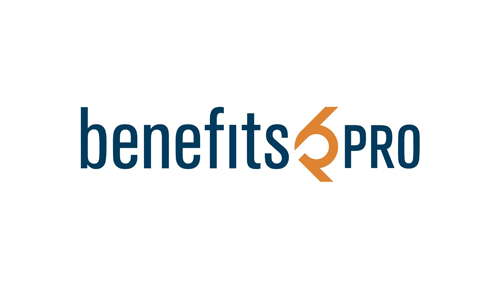
Narrow healthcare networks—comprised of a refined and tightly managed limited network of primary care physicians, specialists, surgical facilities and hospitals—are often thought of as a cost containment strategy that works by limiting employee healthcare choices. However, a narrow network plan can offer reasonably priced, value-driven healthcare that, when implemented properly, can open more doors for you and your employees.
Narrow networks are designed to provide cost effective access to providers with proven clinical outcomes. But not all healthcare facilities provide the level of quality necessary to make a narrow network viable for your employees. Determine whether a narrow network is a good fit for your organization and employee population by considering these four factors.
Demographic fit
Before you can understand the cost-savings potential of a narrow network, you must first understand your employee healthcare needs and usage. Your broker or benefits consultant can help you understand the demographics of your employees, how your employees are using their benefits and what types of services they’re likely to need.
This will help you assemble a list of essential services your potential network will need for it to be viable for your employees. For example, if medical needs for maternal care are significant among a large segment of young parents in your organization, you should consider a network that offers comprehensive maternal healthcare with appropriate access points.
Geographic fit
Next, decide on the network to evaluate and benchmark. Choose one geographic location where a large group of your employees is based and work with your broker and carrier to measure the quality of healthcare facilities in that area. Take into account whether this network provides the types of services your employees need, what the quality of those services is and whether the location of these services is accessible to your employees.
For some employers with geographically dispersed employees, geography can be a major challenge in assessing the viability of a narrow network plan. However, in more recent years, narrow network options are expanding in order to accommodate this reality, so speak with your broker.
Financial fit
Once you decide on a network that matches your employees’ needs, work with your broker to understand the potential savings associated with a narrow network plan. Your broker can help you evaluate your healthcare spending from the past year and run a claims analysis through the new network you’ve chosen to determine an estimate of your healthcare spending. Use this estimate as a benchmark to compare to other plans and insurance carriers and see what type of plan will best serve your employees while cutting costs for your organization.
Cultural fit
Finally—you’ve done the research, checked off the other three boxes and find that a narrow network plan will provide your organization and employees cost savings without sacrificing care. To ensure its success, you need buy-in from your employees, which requires education and communication.
When communicating the value of your narrow network plan to your employees, make sure you address the priorities you uncovered during your demographic survey so you can address their concerns. For example, younger employees may not care about what network their providers are in, but they may be incentivized by the reduced premiums and out-of-pocket expenses associated with a narrow network plan. Meanwhile, other employees looking for more comprehensive care may see a narrow network as a limitation to their healthcare. Work with your broker to develop a communication strategy that answers your employees’ questions and promotes enrollment in your new plan.
By evaluating fit and asking the right questions to properly implement a narrow network plan, your organization can contain costs while offering your employees and their families the healthcare they need.







